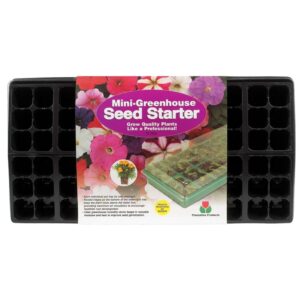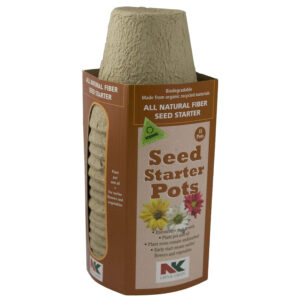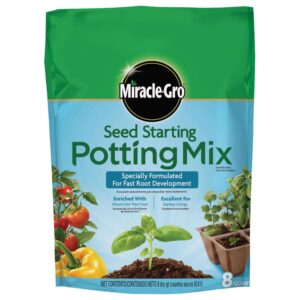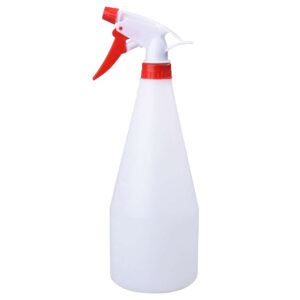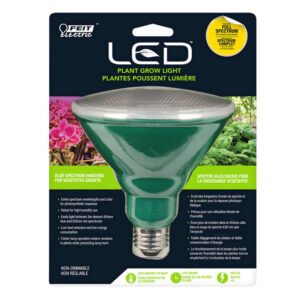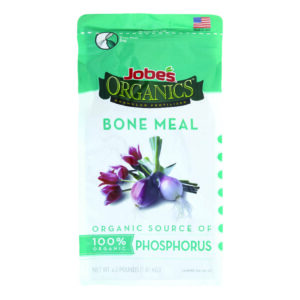
When To Start Plants From Seed
In gardening, timing is everything. A good rule of thumb for when to start your seeds is 4 to 6 weeks before the last frost. However, here in Western New York, Mother Nature can be fickle. We know our winters can linger well into April. In general, you’ll want to wait until the soil has warmed to a consistent 50 degrees Fahrenheit, and the danger of a hard frost has passed. For this reason, many experienced gardeners wait until May (even as late as Memorial Day) before putting plants in the ground.
What Kind Of Plants Can Be Started From Seed?
Almost all plants start from a seed, but not all plants are easy to start from seed. Especially for beginner gardeners, it’s important to pick plants that are easy to germinate and care for as seedlings. There are a number of easy flower and vegetable seeds that are widely available.
Vegetable Plants to Start From Seed
Some vegetable plants are hardier when started in a greenhouse by a professional, so a gardener who’s just starting out may choose to purchase seedlings instead of seeds. But in general, growing vegetables from seed is simple, and caring for a plant from a tiny seed to fresh food on your plate is a joyful and educational process. The easiest vegetables to grow from seed in our region are:
- Beans
- Corn
- Tomatoes
- Squash and Pumpkin
- Cucumber
- Cabbage and Lettuce
- Peppers
Flowers to Start From Seed
Flowers started from seed add color and beauty to your landscape, as well as provide nectar to essential pollinators. There are two types of flowers to look for: annual and perennial. Annual plants only last for one growing season and must be replanted every year. Perennial plants die back in the fall and return in the spring. Some flowers you’ll have success starting from seed include:
- Marigold
- Daisy
- Morning Glory
- Black-Eyed Susan and Coneflower
- Dianthus
- Sunflower
- Bachelor Buttons
- Sweet William
- Cosmos
What Materials Do You Need To Start Seeds?
Seeds
Of course, you must have seeds! In the early spring, you can purchase seeds from almost anywhere, including right here at Spalding Hardware. We have a large selection of high-quality Livingston seeds.
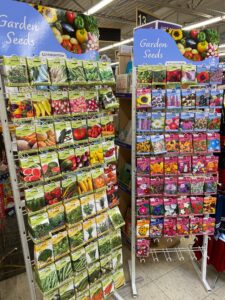
In addition, you can save vegetable seeds from your meal prep, join a seed-swapping group, or order online.
Container
It’s a good idea to start your seeds in small containers and transplant them later. Peat pots are an excellent choice, as they can be planted pot and all, without disturbing the tender seedlings’ roots. Another convenient choice are ready-made plastic greenhouse trays.
Or get creative and upcycle! Start your seeds in cups made of old newspaper or paper bags, in empty yogurt cups or single-serve coffee capsules, in toilet paper tubes or egg cartons, and even in empty eggshells. Whatever container you choose, be sure it has ample drainage (drill or poke holes in the bottom if needed) and is washed clean of harmful residue.
Soil
As seeds germinate, the first roots they send out are very tender. It’s important to start your seeds in a lightweight soil. Some plants thrive in heavy clay soils, but if your soil is too dense, your seeds won’t take off. You can mix peat moss into regular soil to lighten it up. An excellent choice for seedlings is Miracle Gro Seed Starting Mix, which offers the perfect balance of sphagnum peat moss, perlite, and low-concentration fertilizer.
Water
All living things need water, and seeds are no exception. In nature, seeds pop up during the rainy weeks of spring, so they’re used to being wet. But be careful not to overwater; flooding your container can wash away or drown your seeds. To gently and evenly water your seedlings, use a spray bottle to spritz the soil.
Sunshine
Water and warmth work together to activate your seeds. Be sure your seedlings have lots of time in the sun – up to 12 hours or more to start with, depending on the species. Try to place your seedlings in a sunny window. If that’s not possible, the light plants need to grow can be artificially mimicked using plant grow bulbs.
Fertilizer
With adequate soil, water, and sun, most seedlings won’t need additional fertilizer. In fact, too much fertilizer can stunt your seedlings’ growth and make them more vulnerable to pests and disease. If you feel your seedlings need the boost, you can mix a regular fertilizer at half the recommended rate, or use a fertilizer made especially for young plants.
5 Tips For Starting Seeds
Here are 5 best practices to make seed starting easier:
- Read the package. The seed package will have very helpful information, including how deep to sow the seeds, how long they will take to germinate, how much sun and water the plant needs, etc.
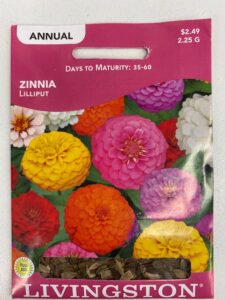
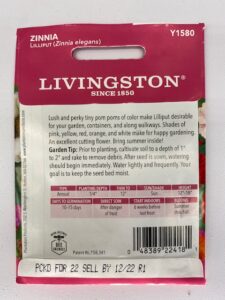
- Make portability easy with a tray. Use an old serving tray or cut down a cardboard box to make a shallow tray for your seedlings. This will make it easier to move them around, and will help contain dirt and water spills.
- Label your seedlings. It would be a shame to lovingly grow a set of seedlings only to forget which are the tomatoes and which are the daisies! Buy a package of plant markers, or use popsicle sticks, the back of plastic spoons, or even sticks from the garden.
- Turn the seedlings. Plants naturally grow toward sunlight, so it’s important to turn your seedlings every day. This will help them develop strong, balanced stems.
- Acclimate your seedlings to the outdoors. Before planting your seedlings in the ground, give them a chance to get used to the harsh realities of the great outdoors. Set them outside in morning sunlight for a few hours the first day, and slowly increase the time they spend in direct sunlight by a few hours over a period of a few days. Hardening off your seedlings in this manner will prevent them from dying of shock.
Conclusion
When you start your seeds will depend entirely on the type of plant and the weather in your gardening zone. Read the label on the seeds, decide when you think it will be safe to plant, and count backwards the appropriate number of weeks. Growing seeds is a learning process that people of all ages will enjoy. When done with care, in a few months you’ll have big, beautiful flowers or vegetables to show for all your hard work.

